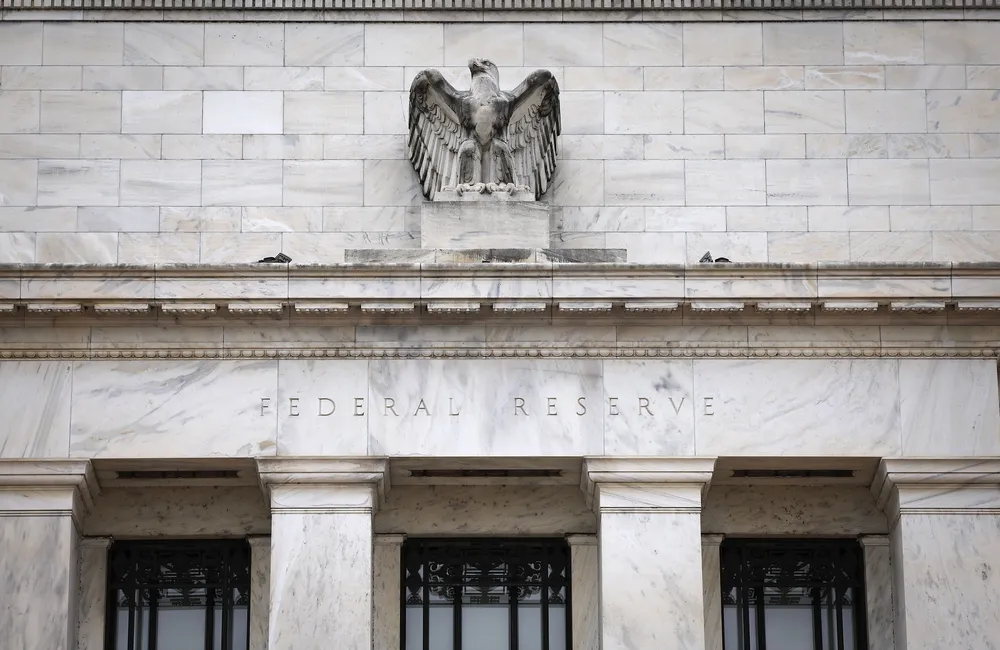How to set and invest your emergency fund
- IPOs & Markets
- 09:19 January 21, 2025
- By Mr. Edmond Tindall

How to set and invest your emergency fund
Here’s how to figure out how big your emergency fund should be and how you should invest it.
Latest from Mr. Edmond Tindall

A practical guide to finding investment opportunities
- IPOs & Markets
- 11:15, June 27

Young & Invested: The beginner ETF portfolio
- IPOs & Markets
- 13:06, April 30

Unconventional wisdom: Is the secret to wealth found on an index card?
- IPOs & Markets
- 14:33, April 28

Tax implications when investing in overseas shares and ETFs
- IPOs & Markets
- 09:09, April 23

Shaky markets, steady mind
- IPOs & Markets
- 08:23, April 15

Do you need a financial adviser?
- IPOs & Markets
- 16:43, April 14
About Us
At Equity Launchers, we deliver the latest finance and investment news, insightful analysis, and expert commentary to help you stay ahead in today's dynamic markets. Based in Australia, our platform covers equities, startups, commodities, and global economic trends - providing trusted, accessible information for investors, professionals, and anyone passionate about financial markets.
Equity Launchers
Unit 120/83 Cooyong Street, Reid,
Australian Capital Territory,
Australia 2612.
Site Navigation
Latest News
-

A practical guide to finding investment opportunities
- Published 11:15 on June 27, 2025
-

A Comprehensive Analysis of UK Mortgage Bonds
- Published 17:30 on May 14, 2025
-

Young & Invested: The beginner ETF portfolio
- Published 13:06 on April 30, 2025
-

Unconventional wisdom: Is the secret to wealth found on an index card?
- Published 14:33 on April 28, 2025
© Copyright Equity Launchers 2010-2025 All Rights Reserved













